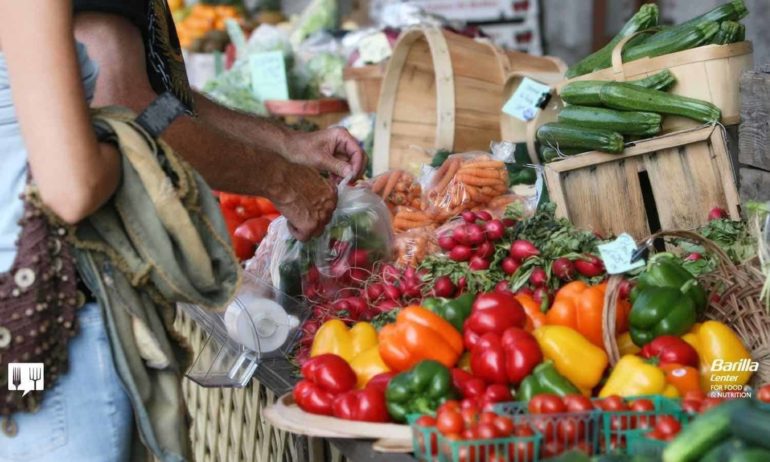A recently published meta-analysis of 44 scientific studies shows that organic farming is not only environmentally sustainable, but also financially competitive when compared to conventional farming. Organic sales grew 170 percent to US$63 billion from 2002 to 2011 worldwide, but the analysis’s authors note that organic agriculture currently occupies only 1 percent of global cropland. The good news is that there is room for organic agriculture to continue to spread, and the authors predict that profitability of organic farming will continue to outpace conventional models.
According to David Crowder, a co-author of the study, other meta-analyses of organic agriculture have focused mostly on yields. “But yields are really just one component of the actual economic performance of an organic-farming system,” Crowder says. Crowder jointly designed the research with a colleague, John P. Reganold, at Washington State University. M. S. Swaminathan of the Centre for Research on Sustainable Agriculture and Development in Madras, India, reviewed the paper.
Through a literature survey and data analysis, the study appraised the financial performance of 55 crops grown in 14 countries on five continents. The data included in the review spanned 40 years of production, representing a long-term analysis of the financial sustainability of organic farming. According to the authors, many factors can affect the profitability of organic farming, including crop yields; labor costs; price premiums for organic products; potential for reduced income during a transition period from conventional to organic production; and potential cost savings from the reduced use of nonrenewable resources and purchased inputs. The cost-benefit analyses incorporated all of these factors, and the authors concluded that organic agriculture is more profitable than conventional agriculture.
Organic price premiums are part of the reason that growth in sales has outpaced growth in organic land area. In the United States, consumers of organic produce pay a typical premium of 32 percent over conventionally grown produce. But the researchers found that even if premiums fall to lower levels as sales continue to grow, organic agriculture will likely keep its competitive edge due to consumer demand.
The authors note that the labor costs of organic farming are higher than conventional farming due to the need for mechanical pest control, creative approaches to marketing and selling of organic products, and labor-intensive practices such as weeding. However, the cost-benefit analyses provided by the study show that the economic benefits of farming organically offset these costs, such that organic farming is more profitable overall—the price premiums and the lowered need for costly pesticide and fertilizer inputs make up for these higher labor costs around the world.
Furthermore, the authors contend that the labor-intensive nature of organic farming has the potential to revitalize rural economies, providing an added economic benefit outside of the farm-level scope of the analysis. Organic farming can redistribute resources in rural areas and promote economic stability through job creation, according to the authors’ conclusions.
The study separately analyzed diverse farming systems, because many organic farmers depend on more than one crop for a steady source of income. The review therefore went beyond past analyses in examining the effects of diversity on farm profits by looking at the whole cropping system, rather than individual crops.
However, the study was not able to examine the economics of ecosystem services, which may favor organic models over conventional models as well. Organic models are more likely to utilize ecosystem services such as biological control of pests and nitrogen mineralization, which may add to the intrinsic value of organic crops. Therefore, the overall economic value of organic farming systems may be even higher than the authors estimate when the true values of all aspects of the system are considered. Price premiums may serve as a proxy for the valuation of ecosystem services, but are unlikely to make up for the full costs of producing conventional crops.
Finally, the study revealed that a three-year transition from conventional to organic farming represented the most risky period for a farmer financially. The authors found lack of price premiums during this period the most significant limiting factor of profitability. One important takeaway from the analysis is the need to support beginning farmers and farms transitioning from conventional to organic.











